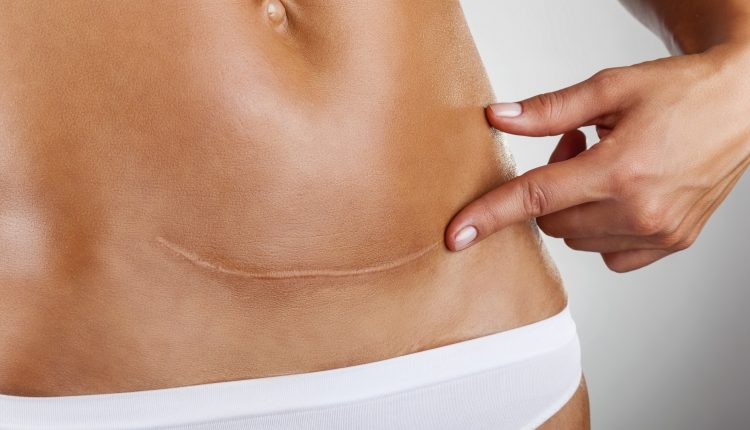
Abdominoplasty: what it is and for whom it is indicated
Abdominoplasty: talking about a toned tummy free of excess fat does not only mean referring to something aesthetic but also and above all to the evidence of an intact abdominal wall, whose muscles actively contribute to postural health, i.e. keeping the back upright, and to the adequate containment of the organs
Abdominoplasty: for whom?
Many women, however, experience diastasis of the abdominal muscles as a result of pregnancy, i.e. a shift to the sides of the vertical muscles of the abdomen, which leads to a greater prominence of the area and affects the correct work of these same muscles, causing the patient a series of unpleasant complaints.
In order to reposition the muscles in their original shape and eliminate any excess fat that may have been created, a surgical procedure can be used: abdominoplasty.
Diastasis: when does it occur and how can it be corrected?
A double pregnancy or a twin birth can lead, due to the expansion of the mother’s belly, to a shift in the muscles, called diastasis, which changes the shape of the belly and results in a less continent abdomen.
As a result of pregnancy, but also of a major weight loss, the abdomen can present excess tissues, which are also soft and ’empty’ to the eye.
When the excess tissues are present in such quantities that they cannot be reduced by diet alone, it is necessary to operate a surgical remodelling of the abdominal area, which can be carried out through abdominoplasty.
Depending on the clinical condition of the patient, her personal needs and the characteristics of the diastasis of the muscles, abdominoplasty can be carried out in the traditional way, i.e. with a larger operation, or following less invasive techniques, which lead to a faster recovery of the patient and leave slightly shorter scars on her body which, like the others, become almost invisible in a few months.
Abdominoplasty: how is it performed?
The operation is carried out under general anaesthesia through an incision in the lower abdominal area, running from the right to the left side, slightly lower in the central suprapubic area.
Through this incision the surgeon will remove excess skin and superficial fat and then reposition the abdominal muscles in their original location, joining them with internal stitches.
If further localised fat deposits are detected, they are removed with liposuction cannulae inserted into small holes in the skin of about 0.5 cm in size.
In less severe situations, with less tissue to be removed, the specialist may consider performing a mini-abdominoplasty, with a slightly shorter incision, muscle repair and removal of excess in the lower abdomen only.
Following the operation, the patient will benefit both from the point of view of abdominal health and posture, as well as from an aesthetic point of view, as the operation directly affects the figure.
Recovery after abdominoplasty surgery
The operation involves a convalescence period of three to four days, to be combined with a substantial diet.
Immediately after the operation, it is also advisable to try to get up and do some movement, so that the circulation is reactivated normally.
Discharge from hospital is usually only one night after surgery.
Despite the use of compression plasters, which promote rapid wound healing, the scar remains visible in the first period, becoming almost imperceptible from the 6th month onwards.
In the case of less extensive surgery, however, the scar will be shorter and located in the area covered by the brief.
As far as sporting activity is concerned, it is advisable to resume walking or light jogging from the following week, while for more demanding sports one should wait for a complete recovery.
For a long time abdominoplasty was considered a tiring and heavy operation, and was therefore rarely performed; today, however, the operation is very quick (it does not take more than an hour and a half) and allows the patient to recover quickly.
It is also an operation that has a considerable aesthetic importance for the patient’s silhouette, because the muscle wall is pulled vertically and tightened horizontally.
Read Also:
Chest Pain In Children: How To Assess It, What Causes It
Patient Complains Of Abdominal Cramps To Which Pathologies Can Be Associated?



